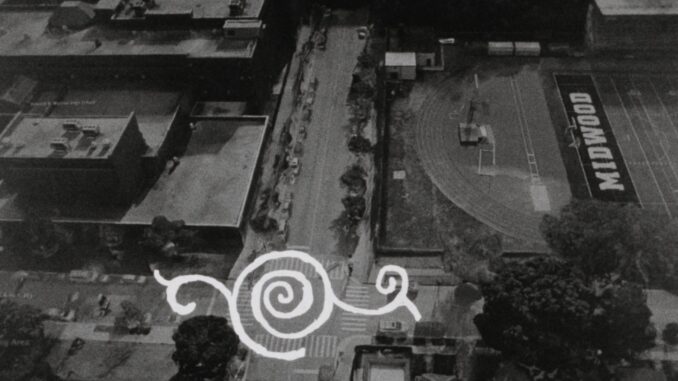
By Jaida Dent
Brooklyn College’s Ethyle R. Wolfe Institute hosted a discussion and Q&A session on Sept. 26 to talk about “Midwood Movie,” which explores the silent film studio American Vitagraph Company in the heart of Midwood. The film centers around media archeology and racialization in cinema, which delves into how racial groups are portrayed in film through systems like racism and colorism.
The panel featured Melissa Friedling, the filmmaker and a professor at the New School of Design in New York City, Cara Caddoo professor at the University of Indiana, whose research and work informed the film, and Kelly Britt professor of anthropology at Brooklyn College, who also contributed to the project.
Friedling devoted 12 years to creating the film which featured excavations of the site, interviews from individuals from the neighborhood, and research about the history of films in conjunction with race.
“It was such a privilege to be able to come here and talk to the students and speak here about this film, because I spent 12 years in this one space that’s just a few blocks from here that I would guess most of the people in the audience didn’t know was a cornerstone for this important film,” Friedling told The Vanguard.
The origins of the project trace back to Friedling herself, who was familiar with and from the area, but also wanted to explore “media being used for other purposes.” The grounds where Vitagraph used to be became the site for an Orthodox school called Shulamith School for Girls. The film features an interview with a woman who attended the school in the late 1980s.
Along with discussing the grounds of the movie studio itself, the panel talked about the idea of race in film, particularly the idea of portraying Black people in cinema. Caddoo brings forth the story of James Jeffries, a professional boxer known as the “Great White Hope,” and Jack Johnson, the first Black world heavyweight boxing champion. The two would have a match for the title, but its broadcast would serve as an example for the treatment of Black people in film.
“They set up this new match in 1910 and they’re certain that Jim Jeffries is going to win […] So they get all these cameras, there’s like 12 cameras in the arena and they film this match that’s supposed to show the supremacy of the white race,” said Caddoo.
This “fight of the century” follows a pattern of how Black people are seen in the media through a hegemonic white lens. Johnson’s win over Jeffries did not follow what was the standard for filmmaking, and would bring forth laws and regulations of what was seen on screen.
Friedling and Caddoo discussed the idea of what the role of a historian is when making content surrounding individuals with “dark pasts.” At Vitagraph Studios, episodes of the Cosby Show were filmed and for Friedling, she found it difficult to discuss the show without its tainted history due to the actions of Bill Cosby. Friedling finds it important to continue to discuss stories in their entirety to understand its history.
“Can you separate art from the artist? Then also as a consumer, can you consume art when the maker of it did terrible things? […] The only thing I can think of is that we can tell more inclusive stories about media and media’s history that makes sure we understand the complicated nature of the art we are consuming,” said Friedling.
The film serves as a window to the past, but also a key for the future. The topics touched upon in “Midwood Movie” and during the discussion are not new, but rather a repeated cycle continuously passed down. The motif of a “spiral” is constant in the film, and serves as a way for Friedling to remind herself of the work she is doing as well as the history of discrimination in filmmaking. For all three educators, this film is important now more than ever as a way to catalyze change in who we see in the media, both behind and on the screen.
“We’re surrounded by that [the act of othering; treating people differently or as alien to oneself]. It’s never gone away, it’s been in our history since day one […] I just think it’s really important to show that and that it’s something that’s taught, something that has continued and we can actually stop it,” said Britt. “We can actually stop the spiral in many ways and at least start to look at it in a different way.”
